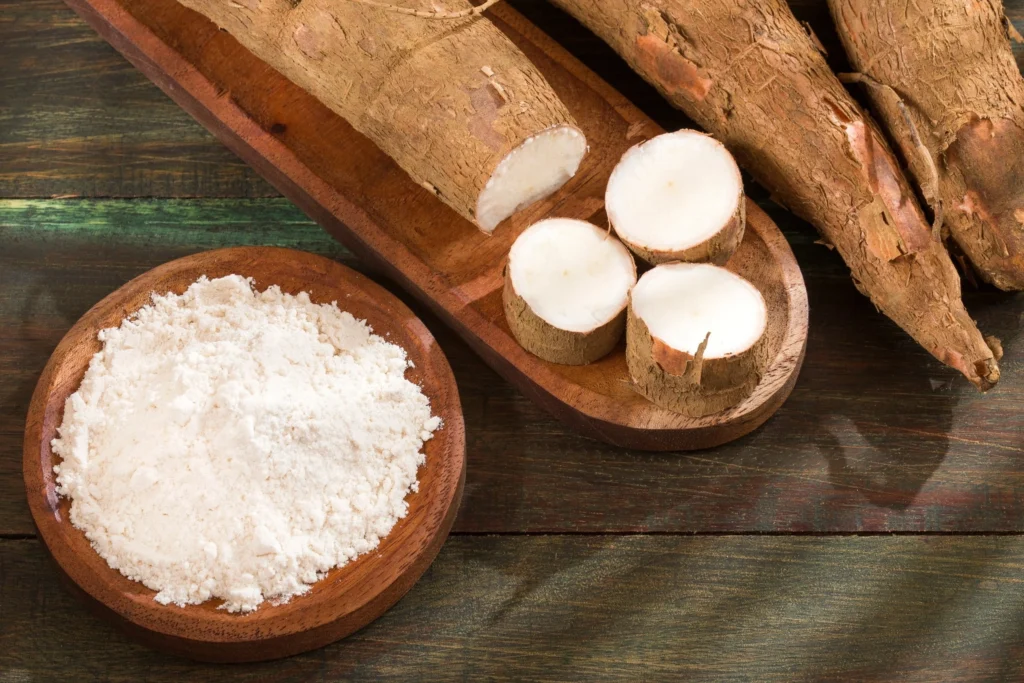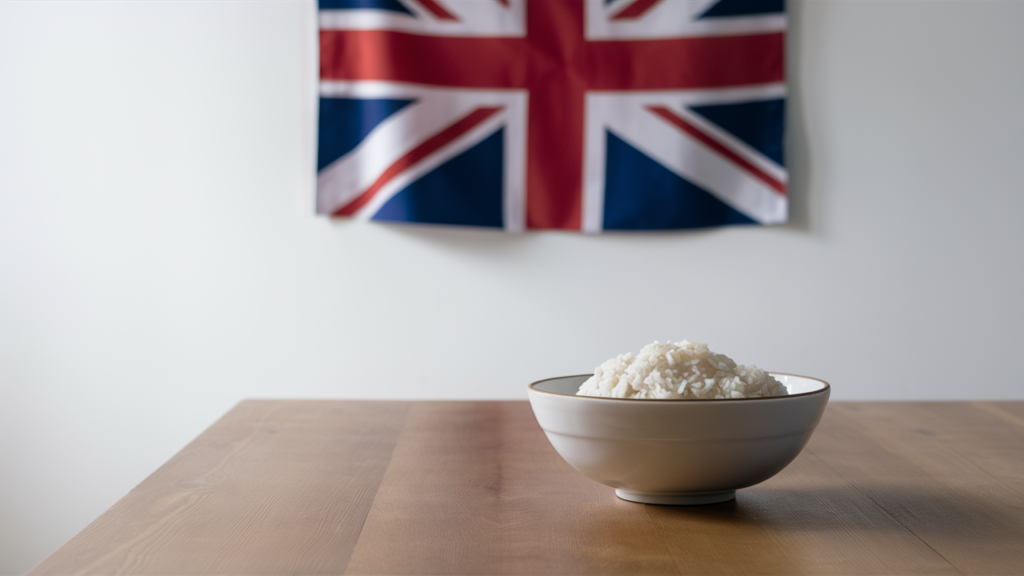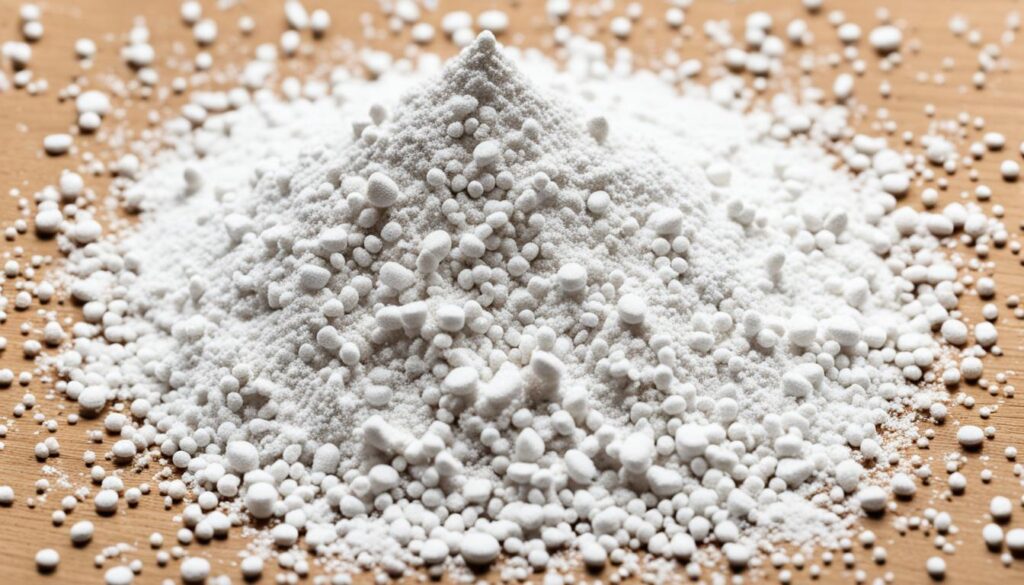Introduction
Tapioca maltodextrin is a food, that has gained popularity in modern cuisine for its unique properties and adaptable applications. Manufacturers often use this white, flavorless powder, obtained from tapioca starch, as a thickener, stabilizer, and bulking agent in a wide range of food products.
What is Tapioca Maltodextrin?
Basically it is a type of maltodextrin made from tapioca starch. The cassava root yields tapioca starch. Its origin is in South America, but people have spread and cultivated it in many regions worldwide. Enzymes process the starch to break it down into shorter chains of glucose molecules. To create it, purify and dry the shorter chains of glucose molecules. Derived from tapioca starch, it is a complex carbohydrate.
How is Tapioca Maltodextrin Made?
Basically the process called enzymatic hydrolysis makes tapioca maltodextrin. Mix water and enzymes with tapioca starch to break down the starch molecules into shorter chains of glucose. Heating and drying the resulting liquid create a fine powder.
Uses of Tapioca Maltodextrin in Food
Generally the food industry commonly uses it as a thickening agent and stabilizer, and it can also serve as a dietary supplement. Due to its ability to create a similar texture without adding calories, food product manufacturers often use it for fats and oils. It’s also a popular choice for creating powders and bags of dust. It allows the transformation of liquids into dry powder by absorbing and stabilizing them.
Why is Tapioca Maltodextrin Popular in Modern Cuisine?
Certainly one of the most novel applications of tapioca maltodextrin is in the area of molecular gastronomy. Chefs use it to transform substances like olive oil, bacon, and peanut butter into powder form. Chefs use it to turn substances like olive oil, bacon, and peanut butter into powder form. The powdery substance, when used in a dish, restores instantly on the person’s tongue, releasing a potent flavor.
Bacon Powder :
Tapioca maltodextrin can transform bacon fat into a delightful powder. Chefs create a succulent bacon powder by mixing the fat with tapioca maltodextrin. When sprinkled on dishes, it instantly reconstitutes on the palate, releasing the intense flavor of crispy bacon.
Sesame Oil Powder :
Another fascinating application involves making sesame oil powder. By blending sesame oil with tapioca maltodextrin, chefs create a fine powder that retains the essence of sesame.
These innovative uses demonstrate how tapioca maltodextrin can elevate culinary experiences by transforming familiar ingredients into unexpected textures and flavors.
Conclusion
Tapioca maltodextrin is an adaptable ingredient that has found its place in modern cuisine due to its unique properties and wide range of applications. Whether chefs use it to thicken sauces, stabilize emulsions, or create textures in molecular gastronomy. Tapioca maltodextrin is a valuable tool in the cooking world.












